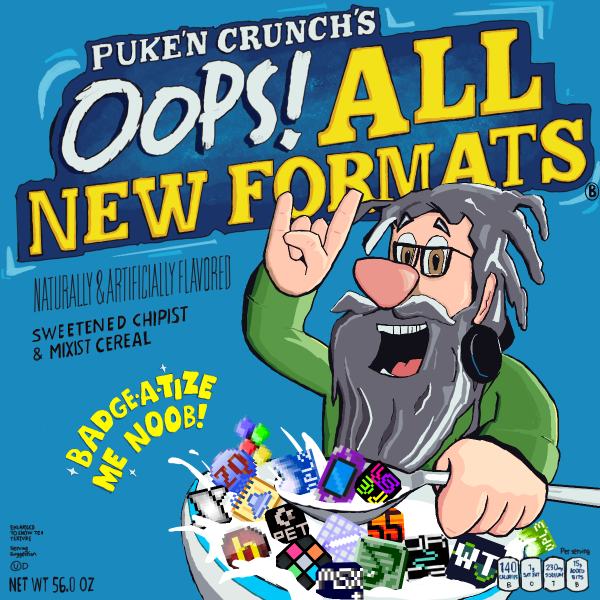'[#[Overview] Nintendo Entertainment System is the 8bit console we all love. It's square, gray shell taught us the joys of plastic. The NES was released in 1985 in North America, Europe, Australia and Brazil after the popularity of Nintendo's '[[Famicom] in Japan. Nintendo claims it sold 61.9 million copies worldwide. Not only did it rejuvenate America's love for video games but it also set the standard for user interface (D-pad style controller and platform games) and business model incorporating third party software developers. The NES NTSC PAPU (pseudo audio processing unit) '2A03' was made by Ricoh. The standard NES board has five sound channels: Two pulse wave, one triangle wave, one white noise and a sample channel. '[#[Pulse Channel] The pulse channel -- similar to the square wave -- has volume control of sixteen levels and a variable duty cycle of 12.5%, 25%, 50%, 75%, with hardware pitch pending supporting frequencies from 28Hz to 54kHz. Pulse waves are commonly used as lead instruments because of the ability two combine the two channels into one lead sound or combined as chords. It also has a neat 'phasing' feature by playing two different notes to create a duophonic sound by playing the same notes or frequencies on both channels while one channel has a slight pitch bending effect assigned to it. This creates a duophonic sound and/or a sound similar to a synthesizer's oscillator. '[#[Triangle Channel] The triangle channel -- similar to a sine wave -- is a fixed volume and is capable of frequencies from 27 Hz to 56 kHz. (Volume may be changed by increasing or decreasing the DC levels of the DPCM channel or by the pitch of the triangle channel itself.) Like the square wave, the triangle wave produces odd harmonics -- as opposed to even harmonics, but because the triangle's higher harmonics the roll off is much faster than the square wave (or pulse wave) which creates a sound closer to even harmonics. This could explain the pleasing sound a triangle has when used as lead instrument. '[#[Noise Channel] The noise channel produces white noise. White noise is a random flat signal that crosses over frequencies, also called spectral density. White noise has the ability to cut through sound as well as absorbs other sounds (frequencies). The NES noise channel has sixteen-volume levels and has two modes. Each mode can be adjusted via the linear feedback shift register at sixteen programmed frequencies. There are two modes of playback: Short pattern, and long pattern. Long pattern likens to the term "white noise". It is a hissing or crunching noise. Short pattern's output is not as random as long pattern and outputs certain detuned high frequencies or more defined sounds; due to less randomness. '[#[DPCM] The DPCM channel has six bits of range and uses 1-bit delta encoding at sixteen preprogrammed samples rates from 4.2 kHz to 33.5 kHz. This channel was also capable of playing standard pulse-code modulation (PCM) sound by writing individual 7-bit values at timed intervals.


